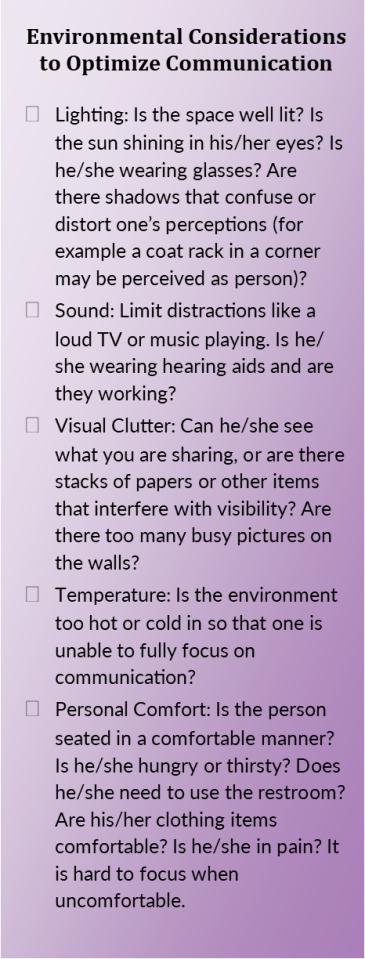On any week night we may often be found joining several friends for pre-dinner drinks and conversation in the Pub at Meadowlark Hills. To us, the most satisfying feature of this evening routine is...
Supporting Communication: Tips for Communicating with Adults Facing Speech Challenges
May 16, 2025





